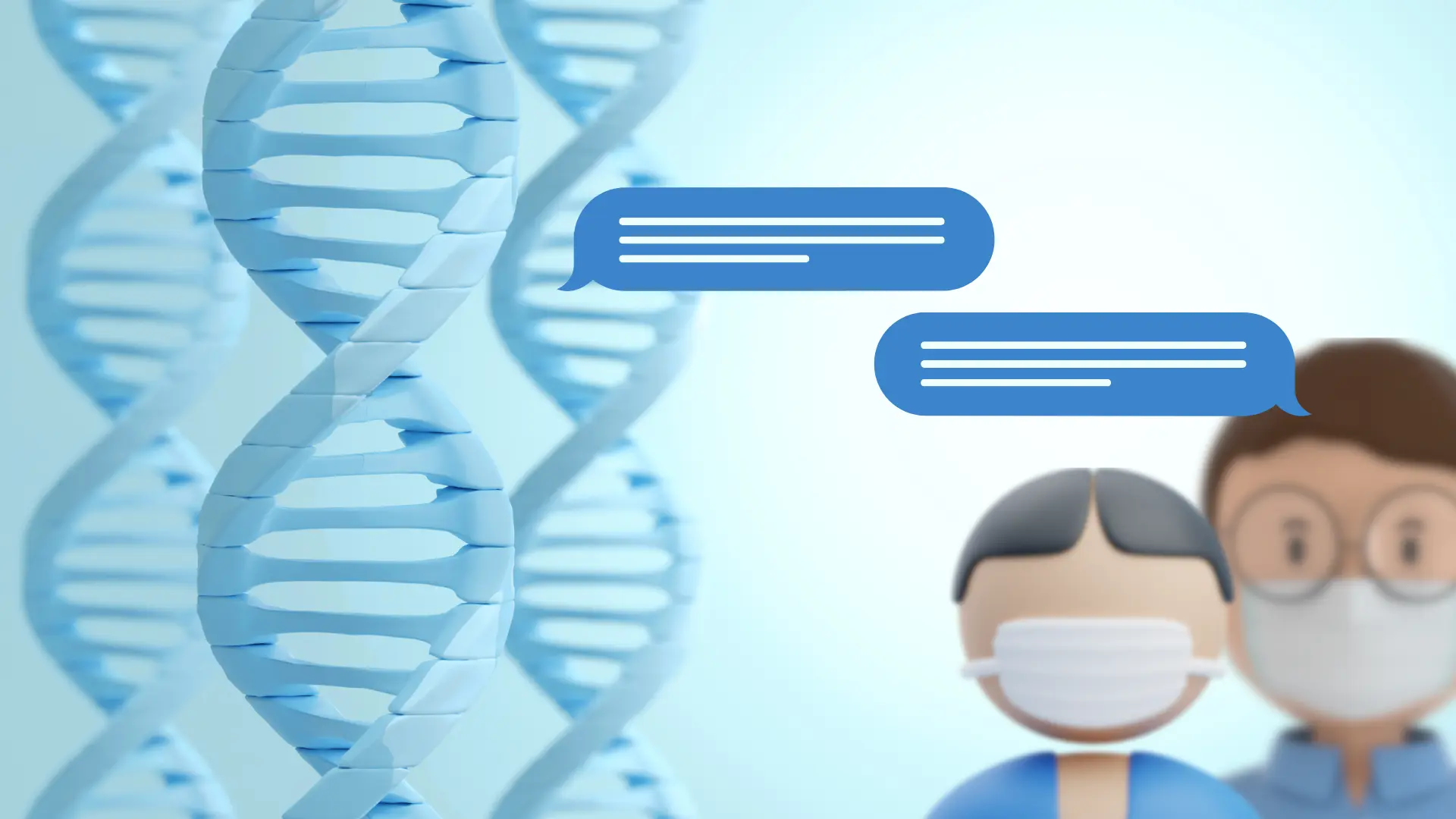
Newsroom
When Scientists Stop Waiting: The Researchers Building GensightAI
Oct 29, 2025
5 min read
There's a moment many researchers face when the gap between knowledge and impact becomes unbearable. For Dr. Yiwei Chen, it came while developing gene therapies for rare disease patients in her industry lab. The science was elegant. The treatments were promising. But one realization changed everything: "The treatment I was developing will not be accessible to the patients who need it most."
She knew she had to do something different.
For Dr. Yiru Zhao, the breaking point came during her postdoctoral research at the University of Illinois, studying women's reproductive diseases and cancer. She was good at it—analyzing big data, running experiments, publishing findings. But sitting in the lab one day, she did the math: "It takes many, many years for any of my research to be beneficial to actual people—in the best scenario. And it's very likely that none of the gels or data analysis I did would benefit anyone, a human being."
That was discouraging enough. But then she realized something about herself: "I truly appreciate fundamental research, but my personality is more... I like the people interaction."
So she retrained as a genetic counselor.
Dr. Xiaorong Li, a computer scientist with years of experience in AI and bioinformatics, watched from a different vantage point. He saw rare disease patients in China struggling with problems his technical skills could solve. The data gaps. The interpretation challenges. The follow-up treatment difficulties.
He knew he wanted to help.
Together, these three scientists founded GensightAI—not because they stopped believing in research, but because they couldn't wait anymore for someone else to translate it into help.
The Problems That Made Them Impatient
Yiwei founded Wonder Sir, an organization dedicated to making rare diseases—or as they're tellingly called in Chinese, "invisible diseases"—visible. For over a decade, she developed education materials, trained community leaders, and worked directly with patients and families.
The same problem kept surfacing. Patients would reach out, holding genetic testing reports like cryptic maps to treasure they couldn't access. "Can you explain? What does this report mean?" they'd ask. Sometimes it came from patients directly. Sometimes from community leaders who'd been asked to help but had no training. "I counted recently," Yiwei says. "I receive this kind of request several times per month."
Yiwei understood the reports easily—she knew genetic patterns, variant nomenclature, gene structure, how to link mutations to diseases. For patients? "Impossible to understand at all."
She tried fixing it through education. In 2021, she and Yiru co-developed a training course, teaching community leaders about genetic counseling and screening. Four years later? "Still not enough. I still got the requests."
The stakes were crushing. "If they cannot understand the report, then they cannot identify themselves as a patient or as a patient family. So they are still wandering around the starting point. They didn't even start their patient journey, and that's many years already."
Yiru saw the same gaps from inside the healthcare system. After retraining as a genetic counselor, she worked at Massachusetts General Hospital and Dana-Farber Cancer Institute—world-class institutions. But world-class didn't mean accessible. "Only a small portion of patients who can travel to Boston can see us to get the service," she realized. "People who live in the Midwest, in rural areas—they don't have any genetic counselor in their health care system."
She moved to telemedicine, trying to scale access across the country. But even that wasn't enough. "In the US, we still have thousands of genetic counselors. In some countries like China, genetic counseling is not even a profession yet."
The consequences of this gap weren't abstract. Yiru shares the story of a UK cancer patient who had to wait two years—two years during active treatment—just to see a genetic counselor. Another patient underwent unnecessary removal of her uterus and went through annual colonoscopies for a decade, all based on a misinterpreted genetic variant. The doctor simply didn't understand the difference between "uncertain significance" and a truly dangerous mutation.
Even at Massachusetts General Hospital, one of the world's most prestigious medical centers, Yiru witnessed the knowledge gap firsthand. When she brought her son in for his rare condition, the orthopedic surgeon—a department head with 30 years of experience—nervously pulled out his phone and Googled basic genetic terms. "This is MGH, and we live in Boston," Yiru recalls. "And we still have to wait six to seven months just to see a genetic counselor for an evaluation."
The Decision to Build
Last year, Yiwei had a realization during her Atlantic Fellows project. She'd developed an AI chatbot for migrant workers at the Myanmar-Thailand border and discovered it was "a very useful tool to provide education material for certain displaced populations."
Something clicked. "This year, I want to transfer that kind of insight and technology into the people I'm serving—the rare disease community."
But she couldn't build it alone. Yiru, who'd been volunteering with Wonder Sir for years and had co-developed that genetic counseling training course, was the obvious partner. As a practicing genetic counselor with research experience and deep understanding of the access problem, she brought both clinical expertise and lived experience—she was navigating the system herself for her son's rare condition.
Xiaolong, another long-term Wonder Sir volunteer, completed the team with his AI and bioinformatics development skills.
The three of them could have stayed in their lanes—Yiwei running her nonprofit, Yiru counseling patients one by one, Xiaolong building tools for other companies. Instead, they chose to build something that could scale beyond what any of them could do individually.
Building Differently
GensightAI isn't rushing to market. The team is still pre-MVP, conducting what Yiwei calls "experiments very carefully" to understand exactly what mistakes current AI models make and why. "We would like to minimize the chance that AI will tell something very wrong and lead to unexpected consequences."
This is researchers thinking like researchers—but building like builders.
They're testing whether models lack sufficient knowledge, whether the problem is how questions are asked, or whether unexpected factors are at play. "That's the way we should adapt the lessons we learn to improve our approach," Yiwei explains. They're interviewing customers to understand the interpretation gap from the patient perspective. They're talking to pharmaceutical companies about data partnerships that could make the platform sustainable.
Yiru is particularly thoughtful about positioning. "AI is just a tool," she emphasizes. "There's a disclaimer about any product: this is not going to replace your doctor's management, your diagnosis."
Genetic counseling, she points out, is actually well-suited for AI assistance because it's fundamentally about education and interpretation, not prescribing treatment. "We're not going to prescribe medicines. We're not going to tell patients to get their organs removed. This is to help them have more educated conversations with their doctors."
Their first experiment evaluated current AI tools and found something crucial missing: "A very big component in genetic counseling is providing education and resources—linking patients to the right resources. That was missing."
That's the gap they're building to fill.
What Drives Them Forward
When Yiwei talks about her dreams for GensightAI, you hear the decade of preparation behind them: "First, we can really solve the pain points we've observed from patient families. Second, we can have a sustainable business model that makes the project run forever. And third, I hope the data we gather can be very valuable to promote research and drug development—so we can transfer the pain points of patients to true value that can benefit them."
It's the thinking of someone who's tried education, training, community building, and traditional nonprofit approaches—and concluded that technology might finally be the lever that moves the problem.
Xiaolong hopes GensightAI can become "a landmark innovation project" that inspires other builders and brings meaningful change to rare disease care in China.
Yiru's dream is direct: "My dream is really that every patient just has this in their pocket. They don't have to go through what so many patients have gone through—waiting two years to see a genetic counselor, or being given wrong information by professionals who confidently tell them wrong things."
The Moment Is Now
The market signals suggest they're building at the right time. China has world-class surgeons, top-tier genetic researchers, and a population that's remarkably adaptive to technology. "Every time I go back to China, I feel like I'm from a cave," Yiru laughs. "It's fascinating how quickly Chinese people are willing to adapt new things into their daily life."
Yiwei recently experienced this firsthand. A mother reached out asking for help finding a patient community for her twin daughters with a rare condition. After Yiwei connected her with another family, the mother asked, "What is Wonder Sir?" Surprised—why would you ask for help without knowing who we are?—Yiwei learned the answer: DeepSeek, a Chinese AI model, had told the mother to ask Wonder Sir for help.
AI is already being used for health information. The question is whether it will be done well.
For three scientists who spent years watching the gap between research and impact, who saw patients suffering from preventable information failures, who finally decided they couldn't wait any longer—this is their answer.
Not another paper. Not another training course. Not another study about the problem.
Because in the time it takes to publish another research paper, unnecessary medical procedures are being performed based on misunderstood test results. Cancer patients are waiting years for information that could guide their treatment. Families are wandering in the dark, unable to even start their patient journey.
Some researchers can live with that gap. These three are building the bridge across it—alongside their day jobs, their clinical work, their ongoing commitments. Because the problem is too urgent to wait for the perfect moment.
They're making the moment themselves.
GensightAI is a finalist in the Kevin Xu Innovation Challenge 2025. The challenge supports innovators building AI tools that empower people to lead more productive and meaningful lives.
More articles
.webp)
Newsroom
No Innovator Left Behind: How Equitech Futures uses philanthropic capital to maximize impact

Newsroom


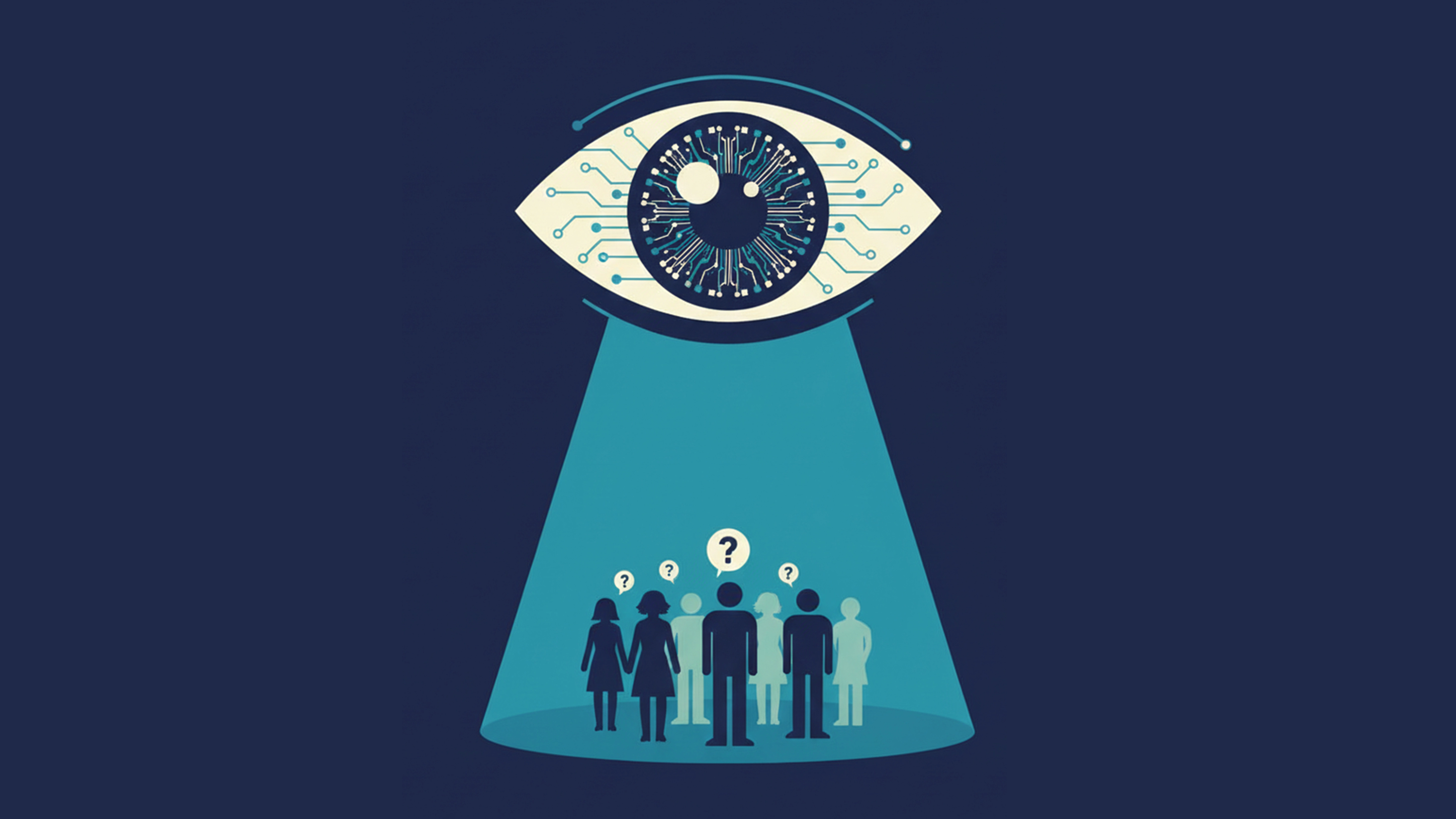

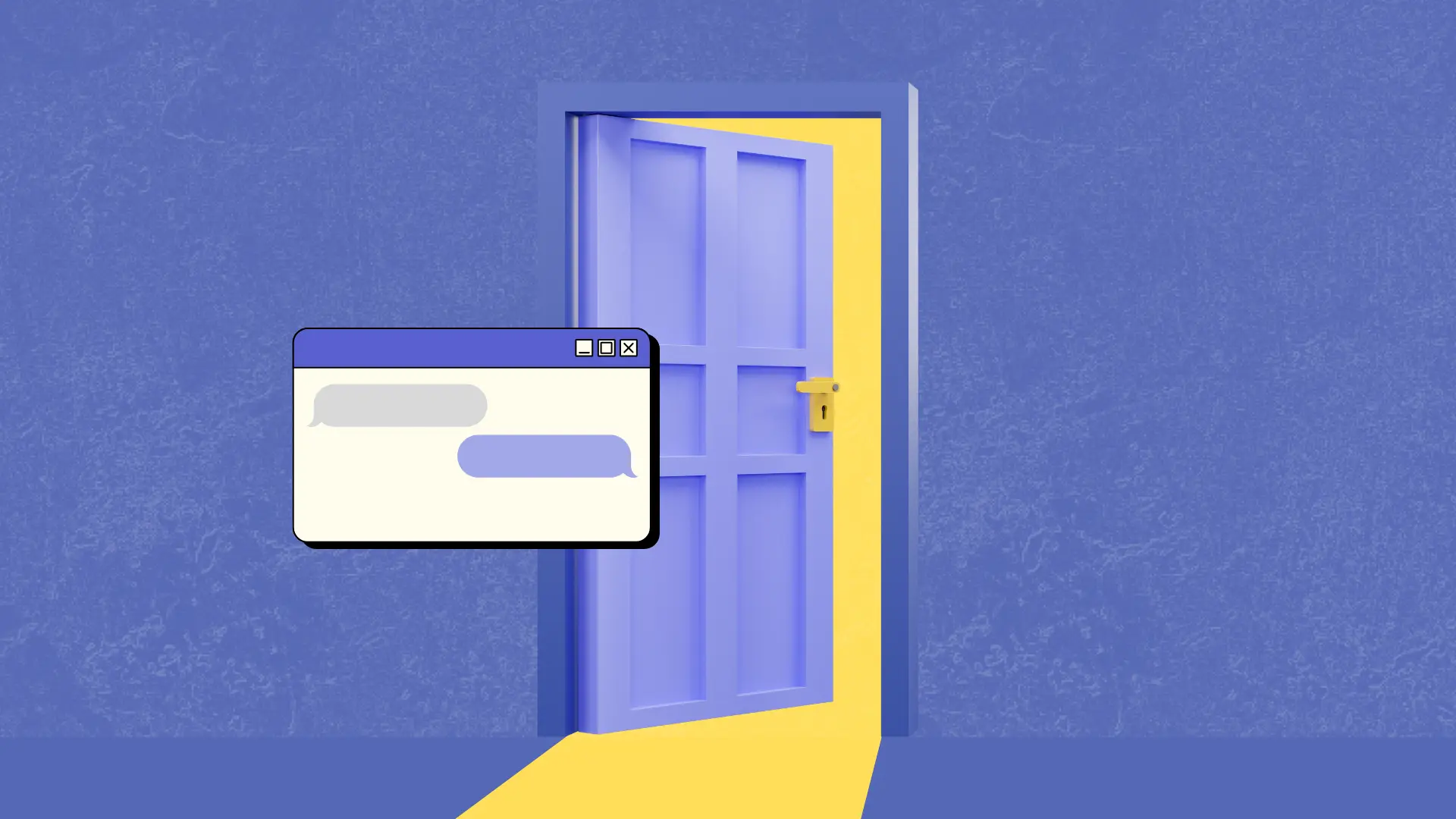
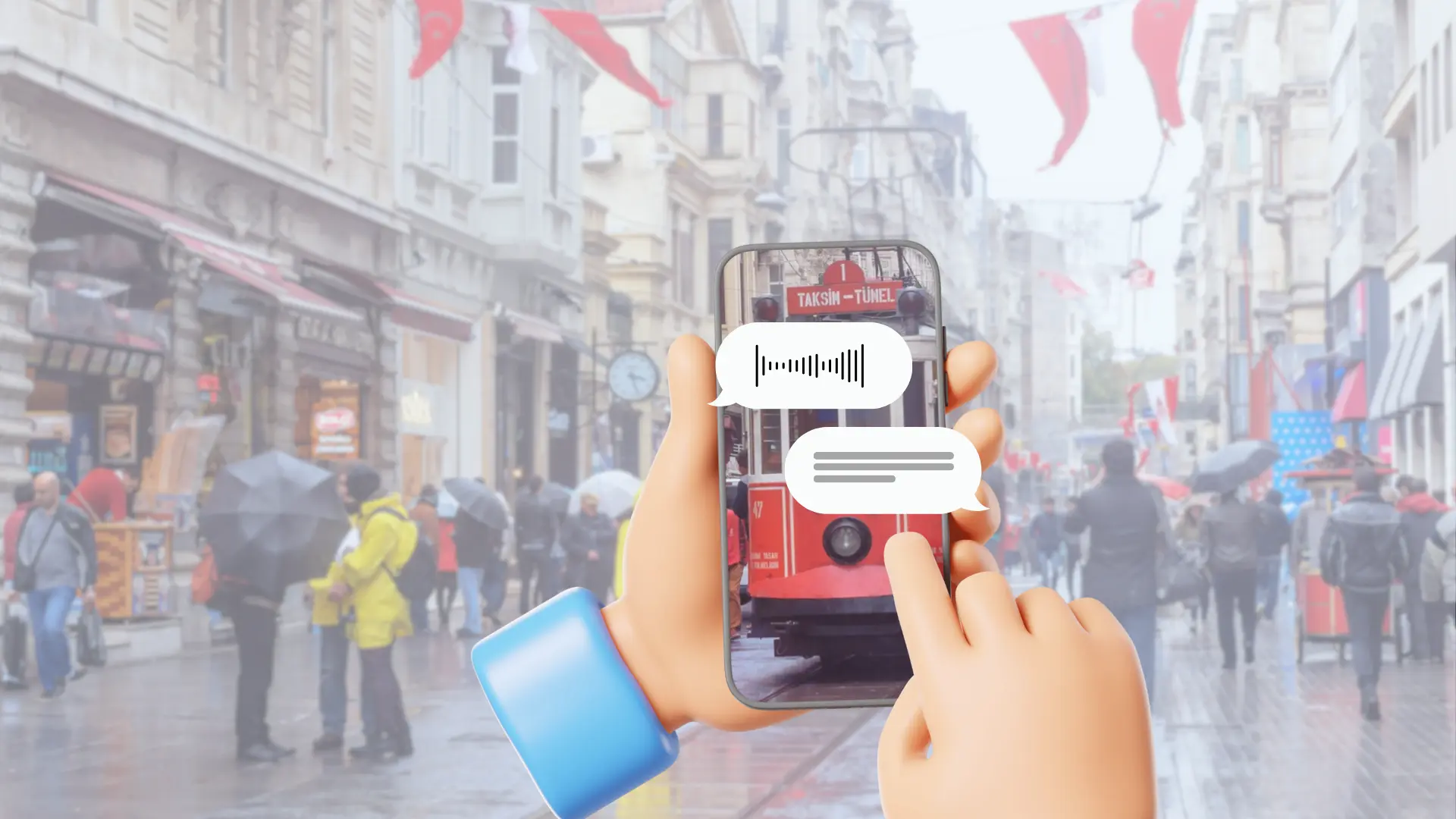
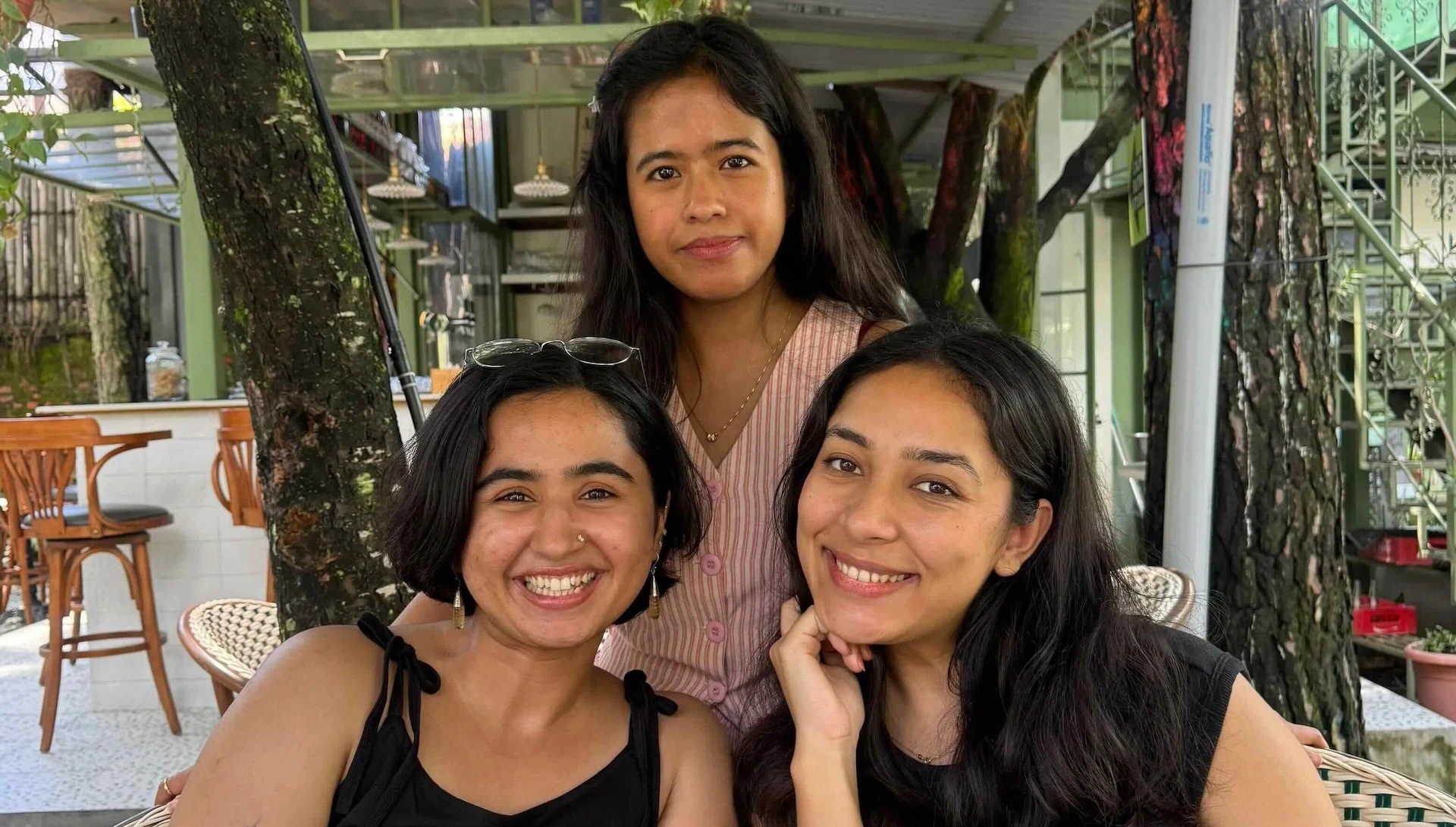
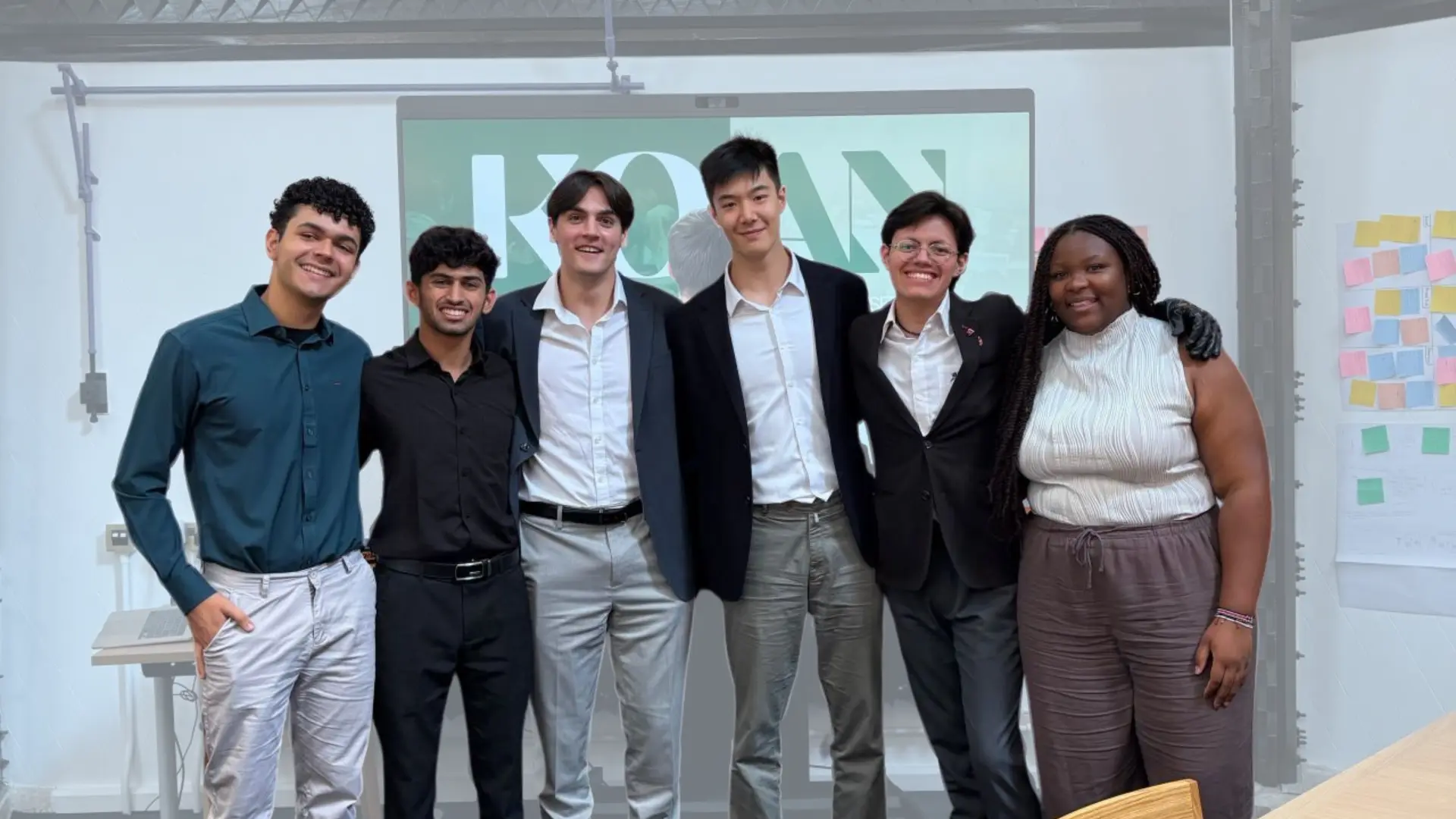
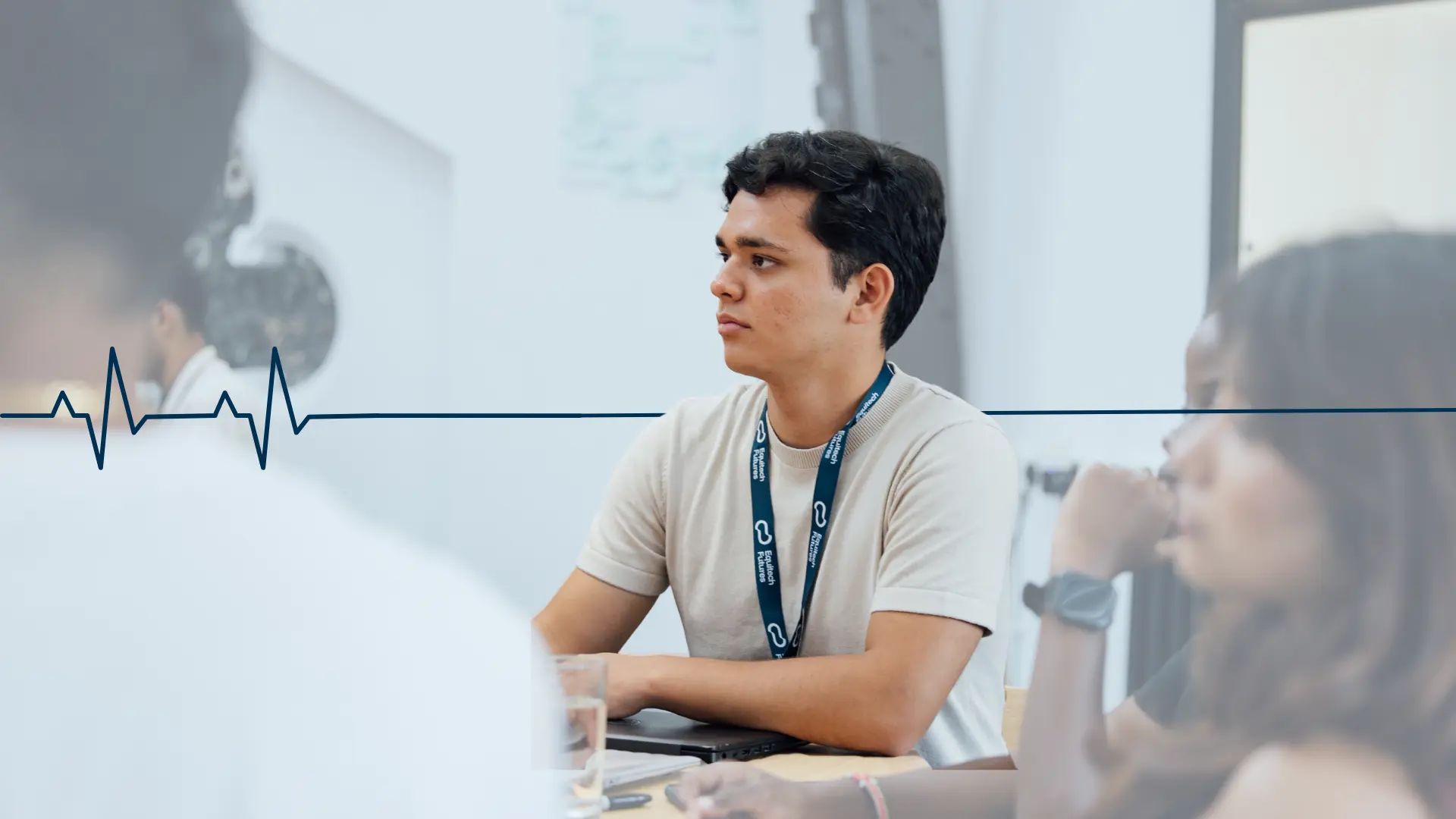

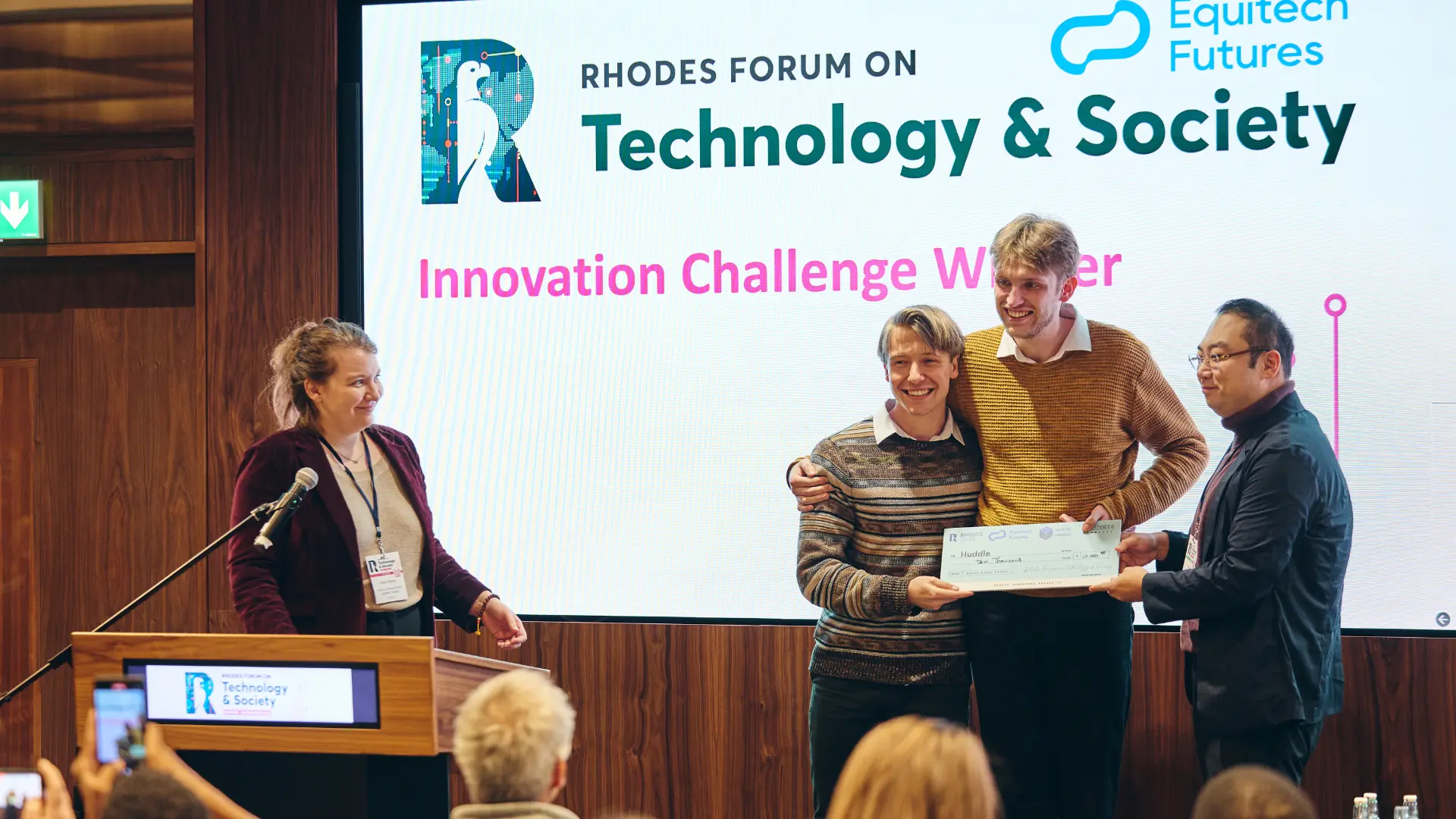
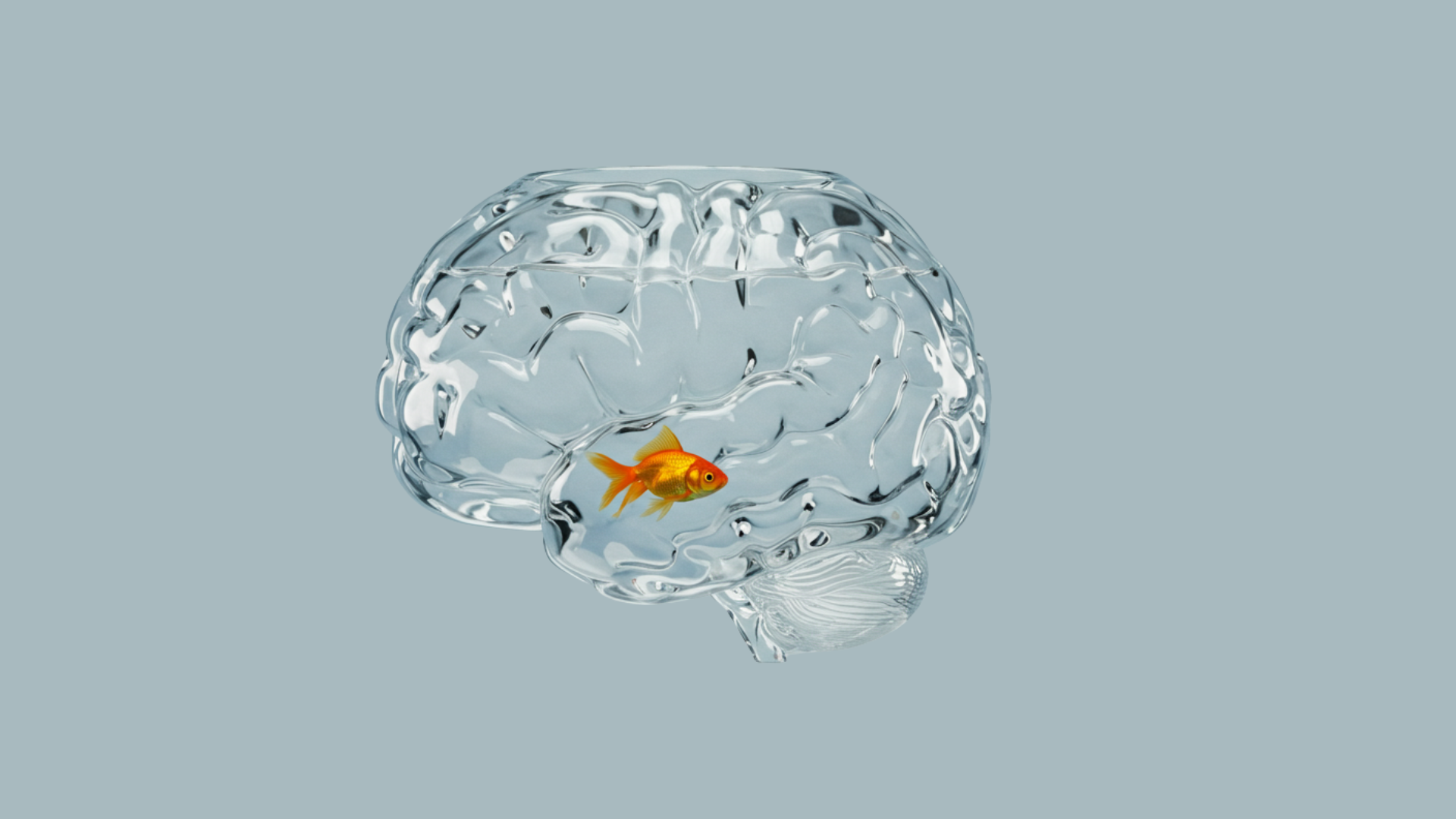


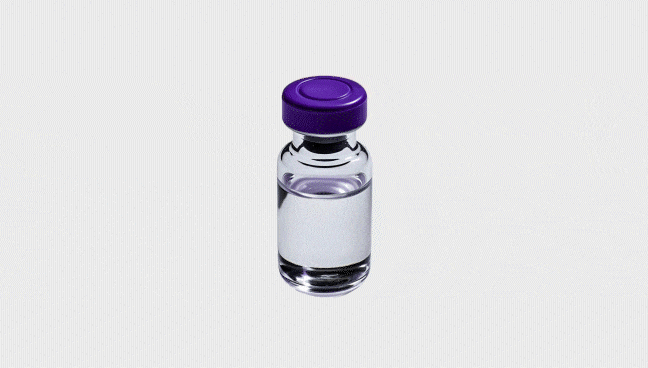



.webp)




.webp)


.webp)









.webp)















.webp)

.webp)


.webp)


.webp)






.webp)



